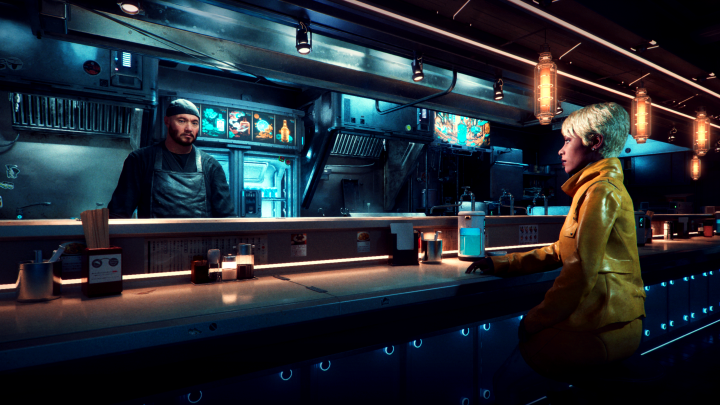
Update 1/11: Following backlash over its ambiguous comments about data usage, Nvidia now clarifies that its Ace microservice is trained exclusively on data that Nvidia has the rights to, through partners and open-source datasets.
The original story continues below.
Nvidia announced an expansion of its previously revealed AI game-making tool, Nvidia Ace, at CES 2024. Now available to partners as Ace Production Microservices, gaming companies will be able to use specific pieces of the multifaceted tool that’s capable of generating AI-generated video game characters. Ubisoft and Tencent are among the first major studios utilizing the process.
Nvidia Ace is a platform that allows creators to generate non-playable characters (NPCs) via AI. Nvidia achieves this with several different tools. Characters can be dynamically rendered into a game scene and an audio lip-sync tool can make it so their mouths match up with what they’re saying. The tool is also able to translate player speech to text, feed it to the AI NPC, and spit out a response via a separate text-to-speech tool. In short, it can create fully voiced, dynamic video game characters.
While Nvidia Ace itself isn’t new, the microservice opens the entire pipeline up to partners. Now, developers can use one piece of the toolset, rather than the full closed system. As part of the announcement, Nvidia revealed that several big-name publishers are already on board. Both Ubisoft and Tencent are partners, though its currently unclear how each publisher intends to use the service.
Other partners include Charisma, Convai, Inworld, NetEase, Ourpalm, UneeQ and Genshin Impact developer MiHoYo.
Also unclear is what data Ace is trained on. When we asked about the data set use to generate writing and voices, Nvidia noted that there’s “no simple answer.” It pointed out that it’s using several AI tools within Ace and each one can be trained on different data sets.
It’s likely not the firm answer that opponents of AI in video games want to hear, even if it is a common refrain in the tech space. For instance, Nvidia’s stance leaves questions about whether or not the tool is trained on voice actors who have willingly agreed to use their voice for AI. Ace’s potential integration into major titles by a company like Ubisoft is sure to spark some conversations among artists who seemingly can’t be assured that their work isn’t part of the training data.




